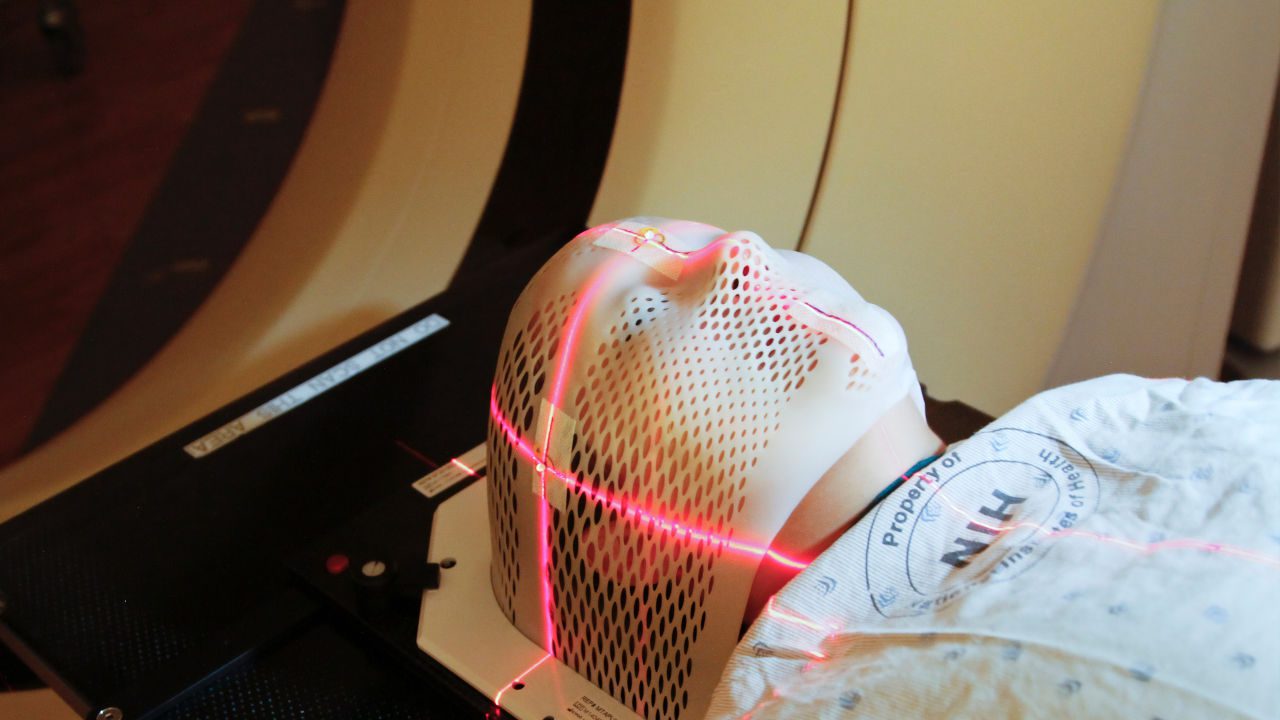Picture a world where the human brain and its functionality is visible to the physical eyes. You can see the skull, the brain, everything! Therefore, everyone knows what’s going on in the head. Creepy right?! Thank goodness there exists no such thing. If the brain is something that can be seen with naked eyes, then the job of the attorney or expert witness would be much easier. All it would take to testify about a brain injury would be a simple explanation. However, that is not the case.
Definition of Traumatic Brain Injury (TBI)
Dawodu (2021), in his article, Traumatic Brain Injury (TBI) – Definition, Epidemiology, Pathophysiology, defined traumatic brain injury as a “nondegenerative, non-congenital insult to the brain from an external mechanical force, possibly leading to permanent or temporary impairment of cognitive, physical, and psychosocial functions, with an associated diminished or altered state of consciousness.”
Common symptoms of TBI include headaches, fatigue, memory loss, visual disturbances, poor attention, sleep disturbances, seizures, depression, personality changes, irritability, emotional instability, and dizziness.

Causes of TBI
Several factors can cause traumatic brain injury. According to an article by Shepherd Center titled Brain Damage: Traumatic Brain Injury Cases, traumatic brain injury is caused by motor vehicle accidents, falls, violence, gunshot wound, military attack, or bomb blast. Traumatic brain injury can stem from a workplace injury, battery, attack, and many more causes. A TBI case usually involves proving that the plaintiff has suffered the injury due to the action or omission of the defendant in the case.
Proving TBI using Trial Graphics
Because of the nature of this injury, it may be difficult to diagnose or prove its existence. Some documents must be presented before the court of law when proving traumatic brain injury. Smith (2011), in his article, How Attorneys Can Recognize and Present a Traumatic Brain Injury Case, stated that in proving TBI, “a detailed neurological examination” should be provided, “brain imaging with CAT scan, MRI, SPECT, and PET scan would be useful” and “cognitive evaluation by a neuropsychologist with formal neuropsychological testing” should be done.
A paper titled Strategies for Traumatic Brain Injury cases stated that “no matter how severe the injury, cases involving brain damage are difficult. When the injury involves a ‘mild’ traumatic brain injury, jurors will be skeptical about the authenticity of the injury since the plaintiff looks and sounds normal. Here, the trial attorney has his work cut out for him!”
This is where trial graphics comes to the rescue. Trial graphics helps to bring to the forefront the injury hidden to the jury’s knowledge. The victim can look fine and not be okay in reality.
According to this paper mentioned above, it was further clarified that “in a complex injury case where both sides will bombard the jury with a blizzard of competing facts, figures, arguments, and technical terms, it can be easy for a jury to become overwhelmed and want to mentally check out.”
To avoid this, trial graphics will help. It becomes easy for the attorney or the expert witness to provide precise, easily digestible, and straightforward explanations as to how the injury happened and the effect of such injury.
In conclusion, when trying a case involving traumatic brain injury, the attorney’s task becomes lighter with the help of detailed and explanatory trial graphics. With this, the jury and the judge will be able to understand the medical aspect of the case without any issues. However, it should be done by a good trial graphics company.






